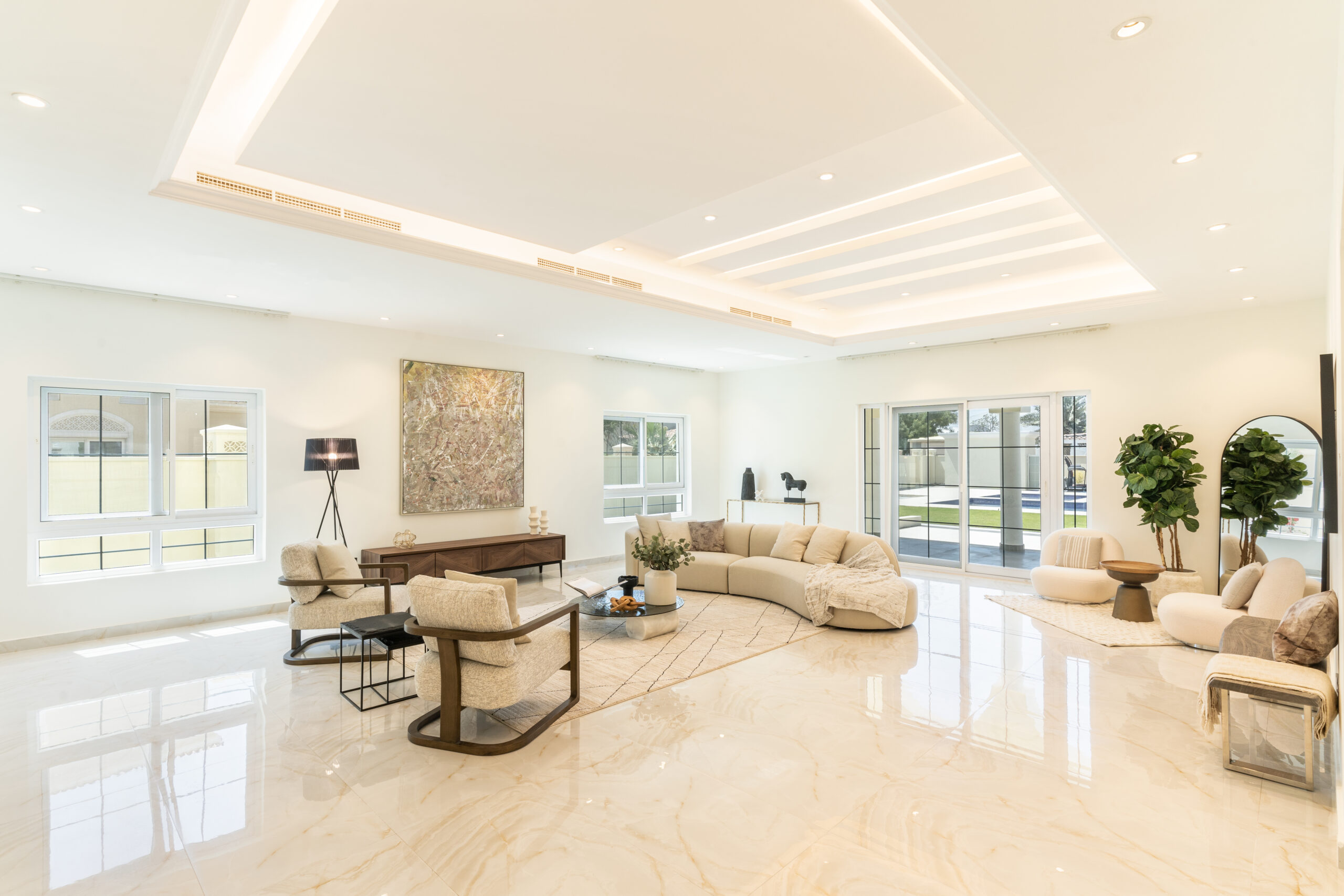Unveiling the Art of Transforming Spaces:
Home Staging vs. Interior Design
In the world of creating beautiful spaces, two practices often stand out: home staging and interior design. While both involve shaping environments to enhance their appeal, they serve distinct purposes and employ different approaches. In this blog, we’ll delve into the nuances of home staging and interior design, exploring their differences and the unique value they bring to transforming spaces.

Home staging is the art of preparing a property for sale to appeal to potential buyers. It involves decluttering, depersonalizing, and enhancing the visual appeal of a space to highlight its best features. The primary goal of home staging is to create an inviting atmosphere that allows buyers to envision themselves living in the space. Key elements of home staging include employing a neutral color palette, strategic furniture placement to maximize space and flow, and adopting a minimalistic approach to avoid overwhelming buyers with accessories and décor.
On the other hand, interior design is a more personalized approach to shaping living spaces. It involves working closely with clients to understand their needs, preferences, and lifestyle, creating functional and aesthetically pleasing interiors that reflect the homeowner’s unique style and personality. Key elements of interior design include personalization tailored to the individual client, meticulous attention to detail in every aspect of the space, and the integration of décor elements such as artwork, textiles, and accessories to add personality and character.
In essence, both home staging and interior design share a common goal: to create spaces that evoke emotion, inspire, and enhance the quality of life. Whether preparing a property for sale or crafting a dream home, the art of transforming spaces lies in understanding the unique needs and aspirations of those who inhabit them.
For more information, go to mhyhomes.com or contact the team on 054 709 2917, [email protected]


